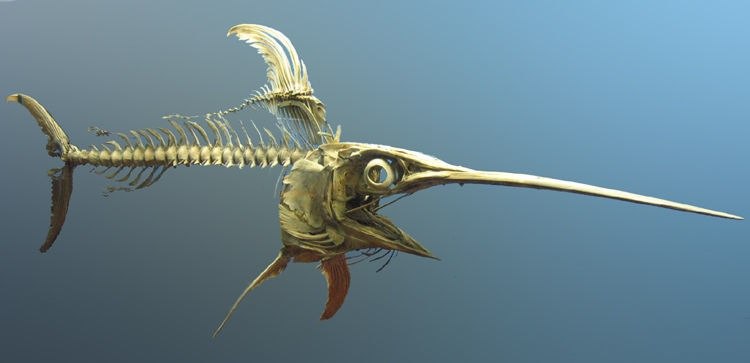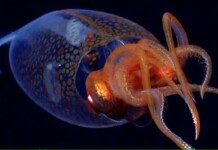 Chefs across the country are taking swordfish off the menu. The chefs have nothing against swordfish, always a popular restaurant entree. Rather, by voluntarily imposing a temporary boycott, they hope to ensure the fish’s future.
Chefs across the country are taking swordfish off the menu. The chefs have nothing against swordfish, always a popular restaurant entree. Rather, by voluntarily imposing a temporary boycott, they hope to ensure the fish’s future.
“Chefs are usually known for the food they put on the table, not the food they take off the menu. But the plight of the magnificent North Atlantic swordfish compels us to act,” said Nora Pouillon, chef and owner of Nora and Asia Nora restaurants in Washington, D.C.
Pouillon is one of about two dozen prominent chefs who announced they would refrain from serving swordfish in 1998, the “year of the ocean.” Since their declaration, more than 200 chefs across the nation, a number of cruise lines and a small hotel chain have joined the pledge to “give swordfish a break.”
“The campaign is designed to raise public awareness of the depleted state of the swordfish and other overfished species, said Vikki Spruill, executive director of SeaWeb, a nonprofit foundation-funded organization whose mission is to educate the public about the oceans.
The swordfish is a fast and powerful fish that uses its enormous eyes and swordlike bill to hunt the ocean depths. In the Atlantic Ocean, swordfish range from Canada to Argentina, and Ireland to South Africa. The species can grow to 1,200 pounds, and individuals live more than 25 years.But according to the National Marine Fisheries Service, small fish that have had no chance to mature and spawn make up most of the current catch. The average North Atlantic swordfish caught today weighs 90 pounds, down from more than 250 pounds in the 1960s.
Most experts agree overfishing is the main cause.The Give Swordfish a Break campaign has succeeded in making the public aware that swordfish is an overfished species, said Russ Nelson, executive director of the Florida Marine Fisheries Commission. If it results in limits on the amount of fish harvested and in protection of breeding areas from fishing, the swordfish population could recover in six to10 years, according to Nelson.
“The cautious and judicious use of these resources is going to benefit all of us and generations to come,” Nelson said.The swordfish, like other commercially fished species, is a global resource, said Scott Smullen of the National Marine Fisheries Service, and to restore a sustainable harvest will take international cooperation. The United States is one of five countries — along with Spain, Canada, Portugal and Japan — that account for 94 percent of the North Atlantic swordfish harvest. Smullen says the United States will be pushing for stronger conservation measures among fishing nations at meetings this fall under the International Commission for the Conservation of Atlantic Tunas, the group responsible for international coordination of the Atlantic swordfish harvest.
“The United States has led in international conservation, and we’ll go forward again with these tough conservation-minded rules and be pressing for that,” he said.



















